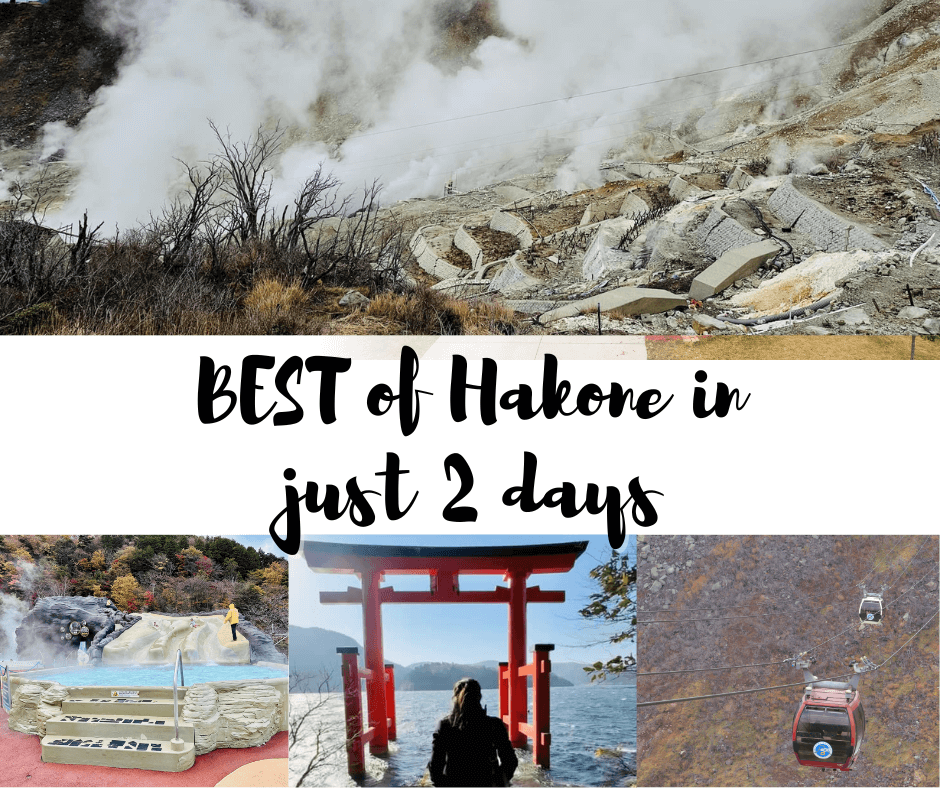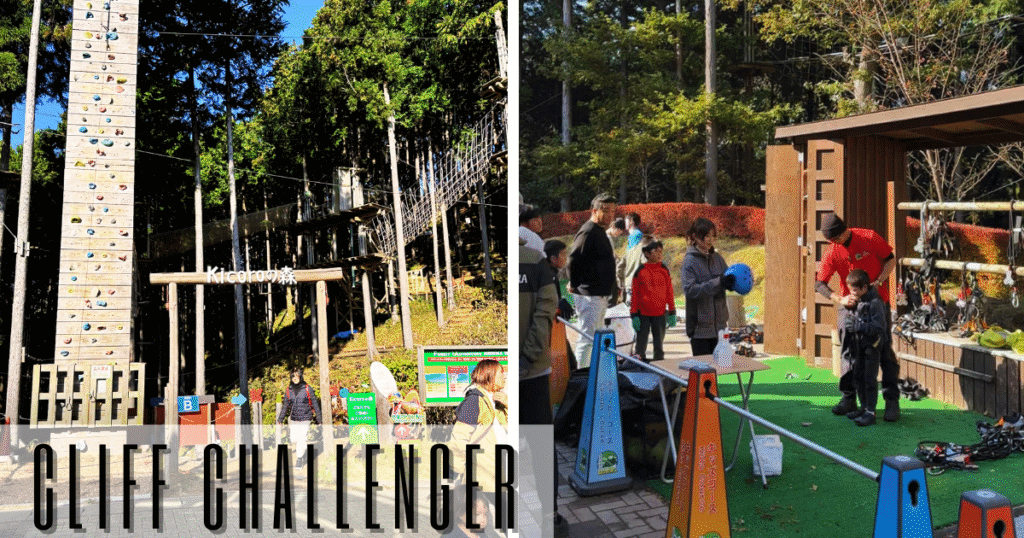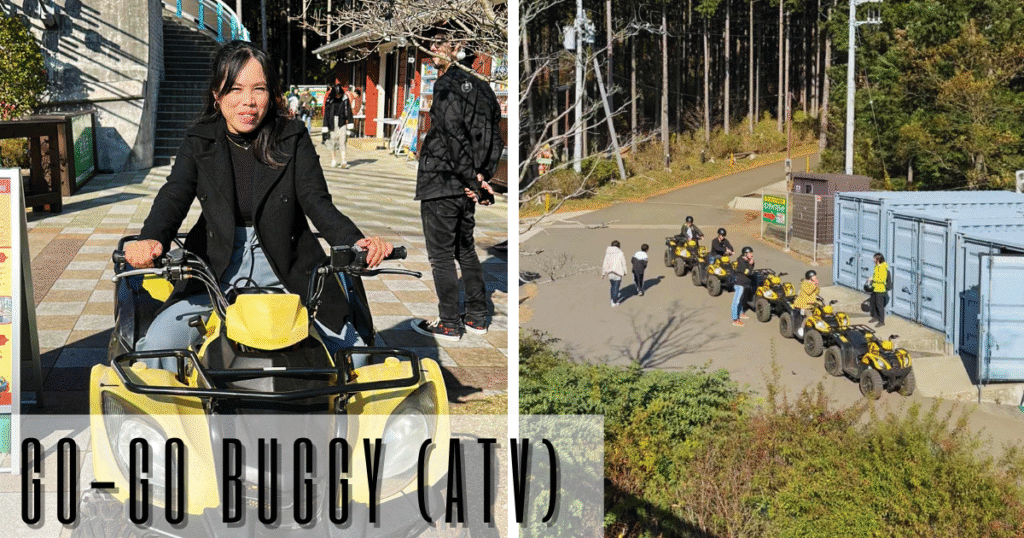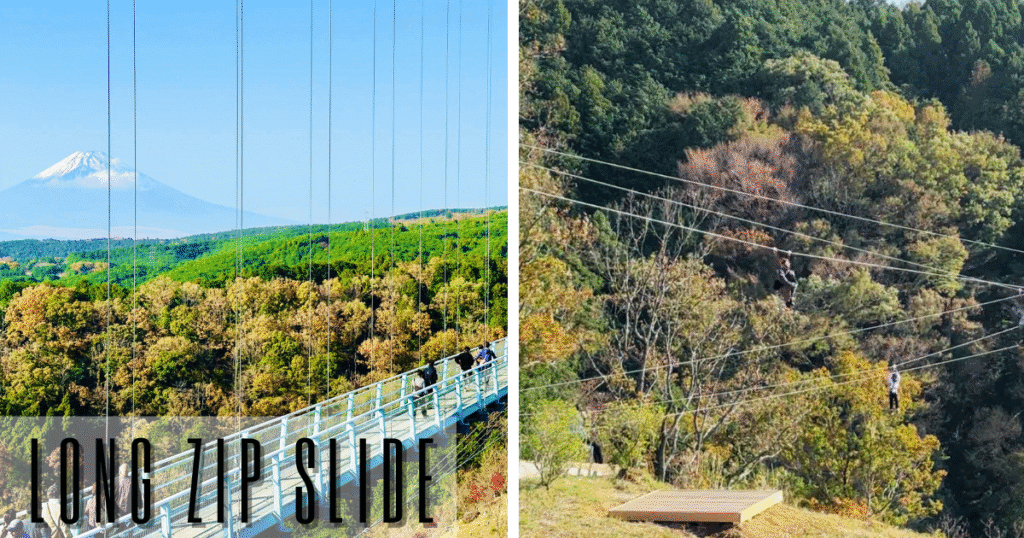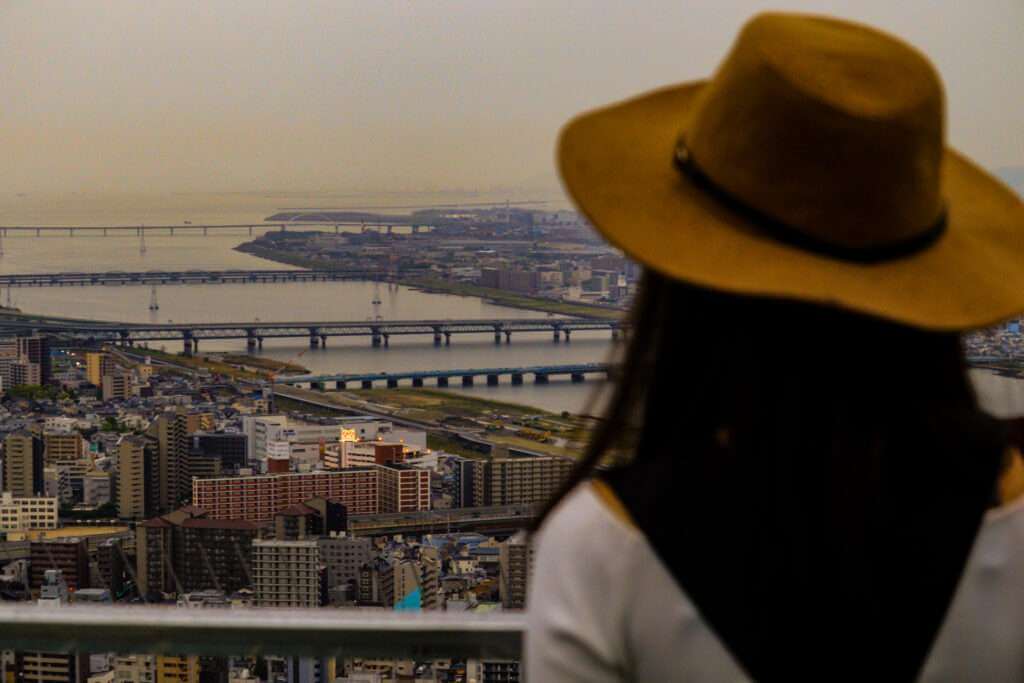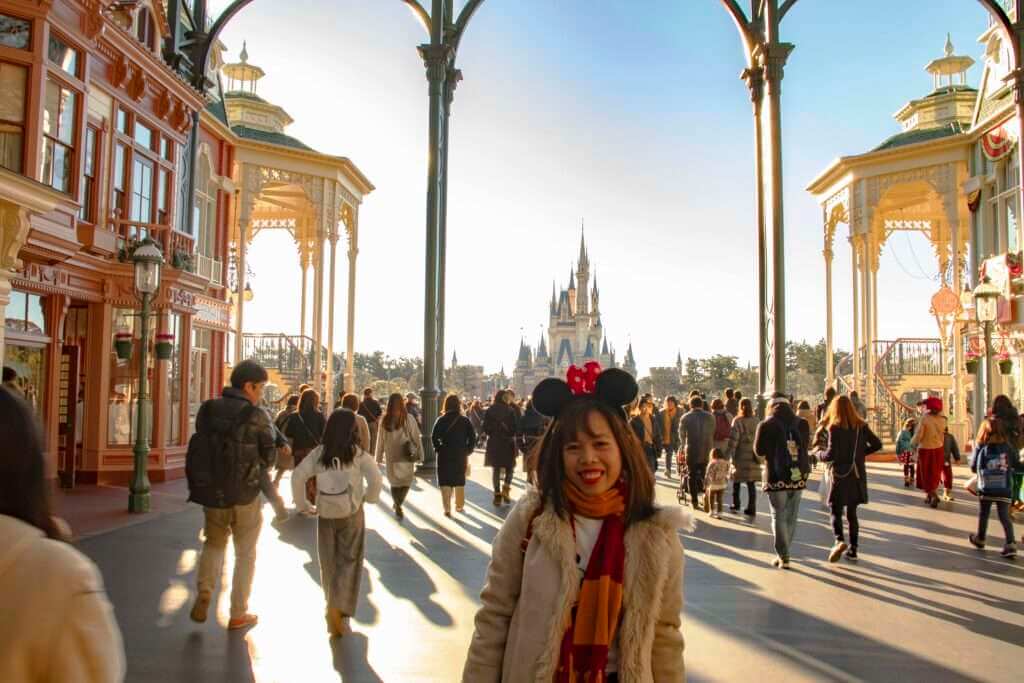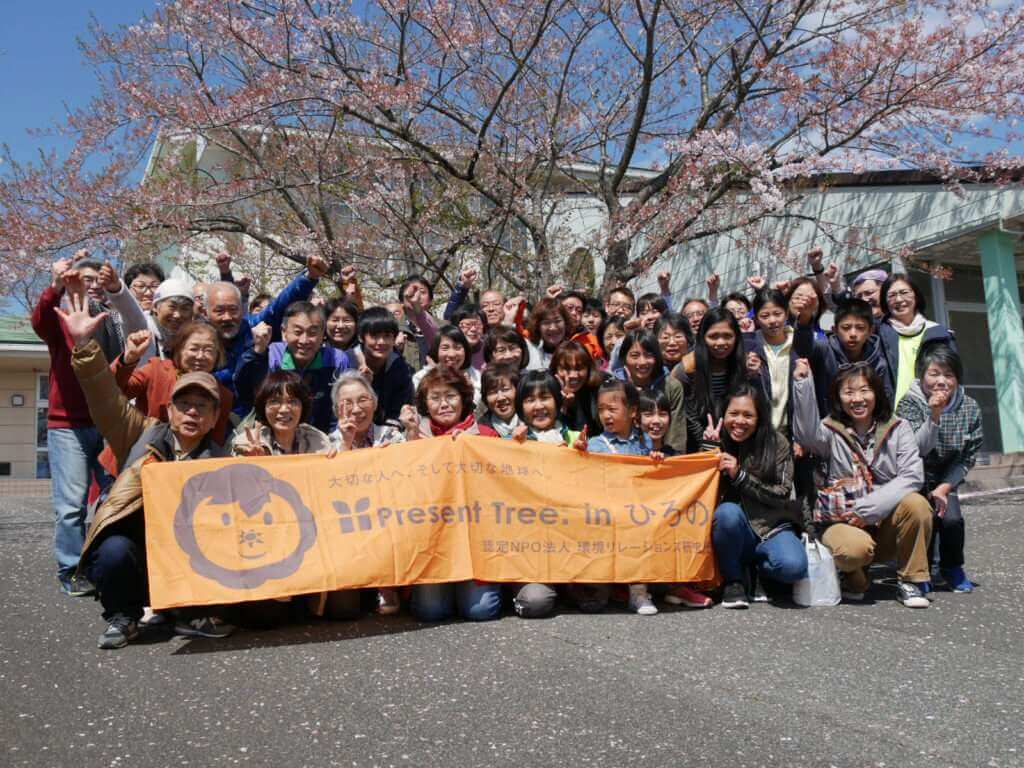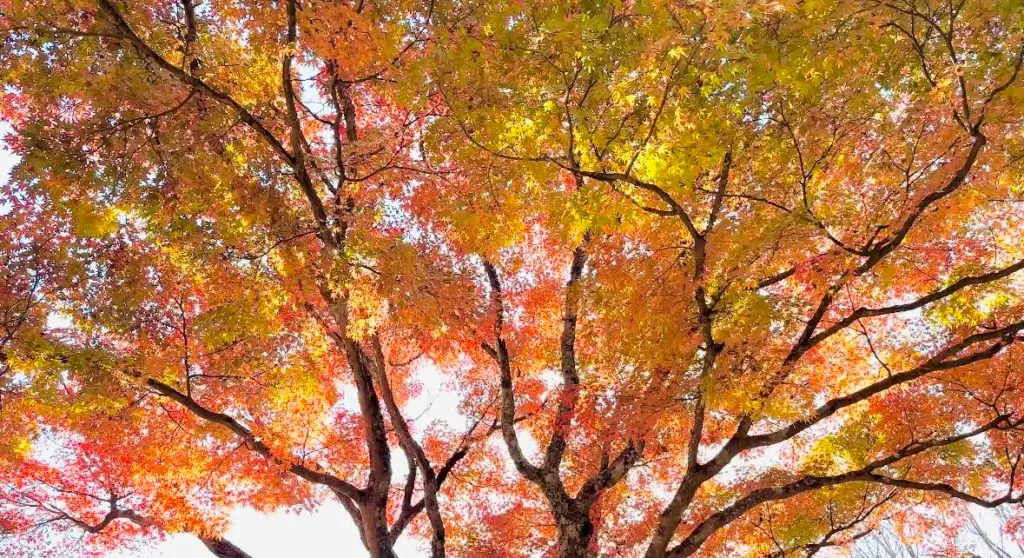If you’re planning a quick getaway from Tokyo, Hakone is one of the best places to spend a couple of days. With its hot springs, lake views, and close-up sights of Mt. Fuji, there’s so much you can do without feeling rushed. In this guide, I’ll share my Hakone 2 Days Itinerary using the Hakone Freepass—how much you can save, where to go, and the best spots to enjoy along the way. It’s a mix of relaxing, exploring, and a bit of adventure that makes Hakone perfect for a short trip.
On day 1, we headed to the iconic Lake Ashi for a picturesque boat ride overlooking the Hakone Volcano. End our day with a soak in the therapeutic waters of Hakone’s famous hot springs.
On day 2, we visited the Mishima skywalk where we really enjoyed the magnificent view of Mt. Fuji and experience a breathtaking 400-meter-long hanging bridge and it is considered the longest hanging bridge in Japan and ended our trip at Hakone Kowakien Yunessun.
With stunning vistas and diverse attractions, Hakone remains a must-visit destination for anyone exploring Japan.
Check out my Hakone 2 day itinerary to see the full breakdown of how much I spent on the trip.
Table of Contents
ToggleBuy Hakone Freepass
The Hakone Free Pass offered by Odakyu Railway is a cost-effective pass designed for exploring Hakone. It grants unlimited access to Odakyu-affiliated buses, trains, boats, cable cars, and ropeways in the Hakone region, along with discounted entry to specific tourist attractions for either two or three consecutive days. Additionally, the pass optionally covers a discounted round trip from Tokyo’s Shinjuku Station.
Hakone Freepass Price
| Departure station | Valid for 2 days | Valid for 3 days | ||
|---|---|---|---|---|
| Adult | Child | Adult | Child | |
| Shinjuku | 7,100 yen | 1,600 yen | 7,500 yen | 1,850 yen |
| Machida | 6,820 yen | 1,600 yen | 7,220 yen | 1,850 yen |
| Fujisawa | 7,050 yen | 1,600 yen | 7,450 yen | 1,850 yen |
| Odawara | 6,000 yen | 1,500 yen | 6,400 yen | 1,750 yen |
Where to buy Hakone Freepass?
- Go to the Odakyu lines vending machine.
- You can change the language to English in the upper right corner of the screen.
- Select the ticket button. -Select the Freepass button.
- Select HAKONE. -You can purchase 2-day or 3-day ticket.
- On the left side of the screen. Select how many tickets to buy.
- Pay via credit card or cash
Hakone Freepass- Buy Online via Klook
Steps to Use Hakone Freepass:
Check Your Confirmation
After booking, you’ll receive a confirmation email from Klook. This may include either a QR code voucher or a ticket exchange voucher.
Ticket Exchange (if voucher type)
Most of the time, Klook gives you a voucher that you need to exchange for the actual Hakone Freepass at designated Odakyu stations (e.g., Shinjuku Station West Exit, Odawara Station, Machida Station).
Go to the Odakyu Sightseeing Service Center or ticket counter, show your Klook voucher (QR code on your phone or printed), and they will issue the physical Hakone Freepass.
Direct QR Code (if e-ticket type)
In some cases, the Klook voucher itself works as a ticket (scan directly at gates or show to staff). But Hakone Freepass is usually issued as a physical pass since it covers multiple transport lines.
Using the Pass
Once you have the pass, just show it at station gates or to staff when boarding trains, buses, ropeways, and boats covered by the Freepass.
The pass is unlimited rides within the Hakone area for 2 or 3 days (depending on the pass you purchased).
Day 1 of Hakone 2 days Itinerary
Using the Hakone 2-day Freepass (a 3-day pass is also available), we took the Hakone Tozan Bus to Togendai from Odawara Station. The Hakone Freepass covers the Hakone Tozan Bus ride, show the pass to the driver when getting on and off the bus. We got off at the Ohiradai bus stop, the nearest bus stop from the hotel where we were staying.
This is the Ohiradai bus stop in front of Yamazaki convenience store, one minute walk from our hotel. Also a minute walk from here is the Ohiradai station. We were waiting for the bus to start our Hakone adventure. The bus ride is still covered by the Hakone Freepass.
We arrived at Odawara Station at 7 am, proceeding to the bus stop en route to Manten-no-hoshi Hotel, where we temporarily left our luggage.
Fond memories of Ohiramachi in Tochiken, where I resided for three years in Japan, resurfaced as the landscape echoed familiar scenes of rivers and mountain vistas.
Hakone Shrine - Heiwa no Torii
Our journey to Hakone Shrine revealed the remarkable Japanese ingenuity in developing the city’s mountainous terrain. From transportation infrastructure to the culinary delights, every aspect consistently astounded me. Japan has undeniably set a lofty standard, meticulously orchestrating a city that, in its entirety, serves as a captivating tourist destination.
Lake Ashi
This is the view walking to the Hakone Shrine. The traditional Japanese gate at the entrance of the shrines called Torii, which is visible from here is the Heiwa no torii of Hakone Shrine.
Heiwa no Torii
Main Hakone Shrine
Hakone Shrine, founded in 757 CE, holds a significant spiritual role as the sanctuary for deities of the nearby mountains. During the Kamakura period, Minamoto no Yoritomo sought refuge there after a defeat, eventually establishing the Kamakura shogunate and fostering a tradition of pilgrimage among his successors.
The shrine’s influence continued into the Edo period, where it resisted the construction of a checkpoint, and today, its precincts include notable structures such as the main hall, an annex honoring a dragon deity, and the Heiwa no Torii, built in 1952 to commemorate the Treaty of San Francisco.
Hakone Checkpoint
Hakone Checkpoint Entrance Fee :
Adult: 500 Yen
Hakone Freepass: 400 Yen
After visiting the Hakone shrine, we took the bus back to Motohakone. We got off at Hakone Sekisho, an important site in the history of transportation in the Edo period.
This is a stone step going up to the “lookout area”.
Menbansho was the main room of the office where officials inspects travelers.
Use as a bedroom for Sekisho officials.
Hakone Sightseeing Cruise
After visiting the Hakone checkpoint, we headed to Hakone Machi-ko to experience the Hakone sightseeing cruise. You don’t need to pay if you purchase Hakone Freepass.
Hakone Sight Seeing Cruise Fare
One-way fare from Hakone Machi-ko Port to Togendai Port:
Adult : 1,200 yen
Student: 600 yen
Hakone Freepass: Free
Round trip fare from Motohakone Port
Adult : 2,200 yen
Student: 1,100 yen
Hakone Freepass: Free
The journey from Hakonemachi-ko port to Togendai port took just under 20 minutes. With some extra time on our hands, we opted to enjoy a quick, light snack as we boarded the ship. It provided the perfect opportunity to unwind, taking in the breathtaking scenery surrounding us.
Reflecting on the tranquil landscape, it was hard not to consider the tumultuous history this land had witnessed. In times past, chaos reigned, and the fervent desire for peace and freedom echoed through every heart. Today, we are fortunate to live in an era where peace is a precious commodity, unburdened by the constant fear of violence or the shackles of servitude.
Togendai Port
Location:
Upon arrival, we noticed that the port had a lot to offer so we decided to take a few walks and take some shots.
The park surrounding Togendai Station is a lovely and tranquil place to hang out because the trees have changed their colors and turned beautiful shades of reds, oranges, yellows, and browns.
Hakone Ropeway
From Togendai Port, we rode the Hakone Ropeway going to Owakudani. Travel time is roughly 30 minutes. Hakone Ropeway ride is free if you purchase Hakone Freepass.
Hakone Ropeway fare
Adult: 950-1550 yen (One-way)
Elementary student: 480-780 yen (one-way)
Hakone Freepass: Free
Owakudani
Location:
Owakudani stands out as one of Hakone’s renowned tourist destinations, drawing visitors with its volcanic allure. This geothermal valley offers an up-close encounter with vigorous volcanic activity, coupled with breathtaking scenic vistas. On clear days, the spectacle extends to include a stunning view of Mt. Fuji, adding an extra layer of awe to the experience.
Owakudani’s black egg landmark.
Owakudani is also famous for its black eggs. It is cooked in the hot springs of the volcanic valley. This hard-boiled eggs shells are blackened by sulfur from the Owakudani springs during cooking. It is said that eating this egg will add 5-7 years of your life.
Gokuraku Tea Shop
We had our lunch at Gokuraku Tea Shop and ordered cutlet curry for only 1,100 yen . The prices are cheap considering it a good spot to view Owakudani sulfur mountain. I recommend this restaurant to everyone.
Sounzan Station
Following our lunch, we returned to Owakudani station and boarded the ropeway bound for Sounzan Station. With some time to spare before embarking on the cable car journey to Gora Park, we stepped outside the station to relish the enchanting beauty of the natural surroundings.
Beside the railway going to Koen-Shimo Station is filled with colorful trees that add charm to the place, it is a must-visit for every tourist to see.
Shot from Koen-Kami Station
Koen-Shimo Station
We got off at Koen-Shimo Station, 1 stop before Gora Station. This is the nearest station for our next destination-Gora Park.
Gora Park
Hakone Gora Park is said to be the oldest French-style park in Japan. The entrance fee is 650 yen but free for Hakone Freepass holder.
As soon as you step inside, the sound of water from the grand fountain welcomes you. Surrounded by manicured lawns and pathways, it feels like stepping into another world, a mix of European elegance and Hakone’s natural charm.
This fountain is the heart of the park. I can see from here the boiling valley of Owakudani.
Gora Station
After relaxing at the Hakone Gora Park, we walked to Gora Station to take the train for our next destination.
Hakone Open-Air Museum
Location:
Situated a short stroll from Chokokunomori Station, the Hakone Open-Air Museum (箱根彫刻の森美術館, Hakone Chōkoku No Mori Bijutsukan) skillfully attains a seamless fusion of art and nature. The expansive grounds exhibit a diverse collection of sculptures, framed by picturesque views of the surrounding mountains and valley.
Hakone Open-Air Museum Entrance Fee
The entrance fee is 2,000 yen (adult), but holders of the Hakone Freepass can enjoy a discounted rate of 1,900 yen (adult). I can’t show everything but here are some of my favorites.
Culpture la pleureuse
The weeping woman head in sculpture La pleureuse by Francois-Xavier and Claude Lalanne.
Picasso Pavilion
Picasso Pavilion-exclusively dedicated to exhibit artworks of the famous Spanish artist Pablo Picasso.
Woods of net
Inside this wooden dome is a giant hammock made of many colorful, interconnected hand-knit nets where you can climb, jump and play.
Symphonic Sculpture
When you say The Open-Air Museum, this is what I always imagine. It is a tower constructed throughout of stained glass formed from thick glass fragments that creates a beautiful structure once penetrated by light from the outside.
Miss Black Power
Miss Black Power by Nikki de Saint Phalle
Close III
Close III by Anthony Gormley

Following an exhausting day, we indulged in a rejuvenating bath at our accommodation’s complimentary private onsen (hot spring). It proved to be the perfect remedy for replenishing our energy and ensuring a restful night’s sleep.
Day 2 of Hakone 2 days Itinerary
Mishima Skywalk
Mishima skywalk ticket Price
Normal Ticket
-Adult: 1,100 yen
-University Student: 1,100 yen
-High School Student: 500 yen
-Junior High School Student: 500 yen
-Elementary School Student: 200 yen
Freepass
-Adult: 1,000 yen
-University Student: 1,000 yen
-High School Student: 450 yen
-Junior High School Student: 450 yen
-Elementary School Student: 180 yen
We kicked off our 2nd day in Hakone using the Hakone Free Pass and super convenient! The bus ride from our hotel gave us stunning views of lush green landscapes and of course, magnificent Mount Fuji peeking through the clouds. Honestly, This is one my favorite Mt Fuji top spots!

The moment we saw the 400-meter-long skybridge, my heart raced. Crossing it was both terrifying and exhilarating—the wind was strong, and I couldn’t help thinking, ‘What if it breaks?’ Then, kids ran past us laughing, and I realized we were safe! Reaching the other side? So satisfying and rewarding!
Fun Activities Inside
Mori no Athletics (Forest Adventure)
Navigate treetop courses, nets, cables, and even a Tarzan swing!
Segway guide tour
A 60-minute guided ride through the forest.

Cliff Challenger
A beginner-friendly 10 m climbing wall.
Go-Go Buggy (ATV)
Off-road fun for first-timers too.
Long Zip Slide
Soar 560 m with stunning views of Mount Fuji and Suruga Bay.
Mt. Fuji

Perfect view of Mt. Fuji from Mishima Skywalk. Good thing the weather is good today and we had the chance to watch Mt. Fuji’s beauty.
Hakone Kowakien Yunessun: Themed Hot Spring
Finally, for our last stop, we went to Hakone Kowakien Yunessun. It’s not your typical quiet onsen. It’s a hot spring theme park where fun meets relaxation. What makes it even better is it’s budget-friendly, especially if you’re holding a Hakone Freepass, which gives you a ¥500 discount on entry.
Here’s a 記念写真(kinen shashin) or a commemorative photo taken by the staff of Hakone Kowakien Yunessun as part of their welcome greetings.
Hakone Kowakien Yunessun Entrance Fee:
Swimwear area:
Adult: 2,500 yen
free pass: 2000 yen
Mori no Yu area(no clothes area): 1500yen
Passport/all areas access: 3500yen
Swimwear area
We took advantage of the swimwear area, paying just 2000 yen thanks to our Hakone Freepass. Alternatively, you can opt for the “Mori no Yu area” at a rate of 1500 yen. For those seeking a combination of both experiences, the cost is 3500 yen.
Rodeo mountain water slides
Despite the chilly weather outdoors, I relished the Rodeo mountain water slides. The exhilarating slides made me forget the coldness of the surroundings, providing a thoroughly enjoyable experience.
Themed Baths
Yunessun Coffee
The moment I dipped into the coffee bath, the rich roasted aroma surrounded me. The warm water and strong coffee scent gave me a cozy, energizing vibe — almost like waking up on a cold morning with your favorite cup of coffee, except you’re literally bathing in it.
Yunessun Red Wine bath
Next was the wine bath, and honestly, it felt luxurious. The deep red water and the subtle grape aroma gave off such a classy and romantic atmosphere — definitely a bath that makes you feel pampered.
Japanese sake bath
The sake bath was surprisingly relaxing. The gentle fragrance wasn’t overpowering but calming,it gave me that peaceful, mellow state you usually get after sipping sake on a winter night.
Outdoor hot spring
Each themed bath had its own charm, and together they created an experience that’s not only unique but also unforgettable. I’ve never seen anything like this before, and it really set a whole new standard for what a hot spring can be.
Summary
The Hakone Freepass allowed us to make the most of Hakone in a mere two days. This destination truly shines in favorable weather, offering the opportunity to embark on the Hakone Sightseeing Cruise and Ropeway, all while enjoying the splendid vista of Mount Fuji.
Feel free to download – The hakone 2 days itinerary at no cost.

